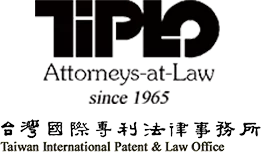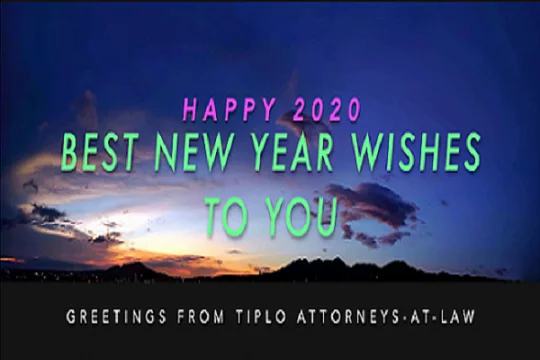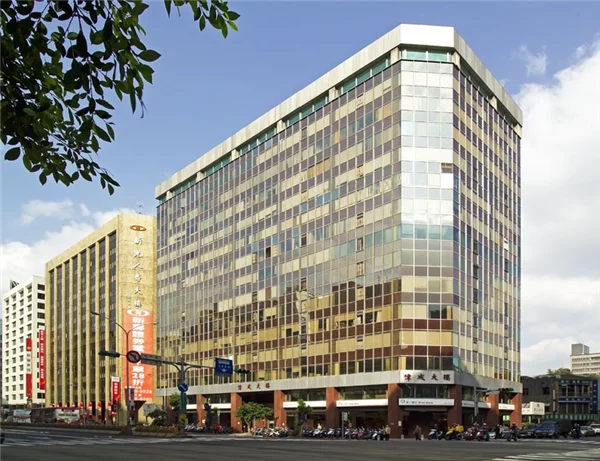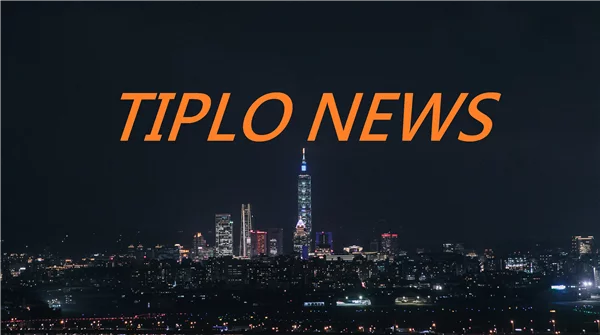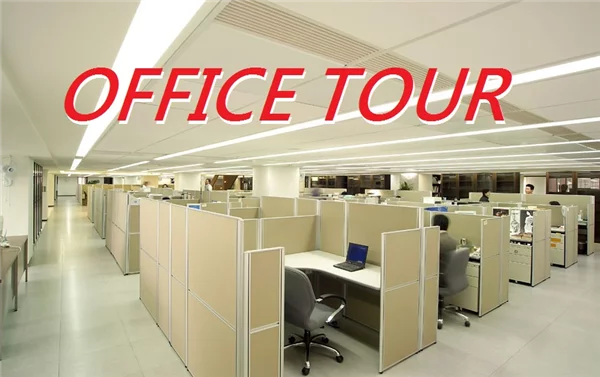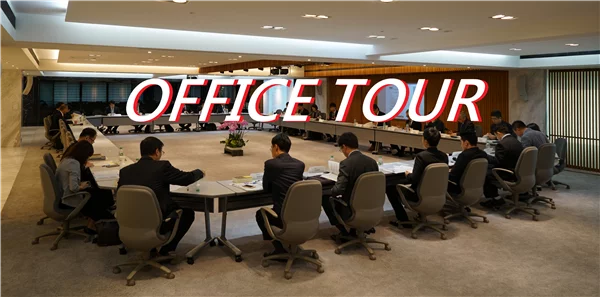Proposed Amendment to Taiwan Patent Act for Legislative Yuan’s Deliberation.
E091203Y1 Jan. 2010(E122)
The proposed amendment to Taiwan Patent Act was submitted to and approved by the Executive Yuan in December 2009. It will further be submitted to the Legislative Yuan for deliberation. The amendment is to fulfill the four purposes below.
■ To meet the needs of industrial development: extending patent protection to animals and plants and also to genetically modified animals/plants for stimulating development of agricultural technology, and adding provisions with respect to drug experiment and research exemption, etc.;
■ To go with international practices: adding provisions regarding public health issues, amending the time limit for submitting priority documents, extending the scope of applicability of grace period, etc.;
■ To enhance patent examination regime in line with actual practices;
■ To reinforce patent protection by amending provisions against patent infringement.
The key points of the proposed amendment are itemized below:
1. Clarification of “creation”
“Creations” is a boarder concept covering inventions, utility models, and designs. To avoid a misunderstanding that creation refers to a “utility model” or “design” and to solve the problem with respect to the inconsistent definition of “creation” under the current Patent Act, it is proposed to categorize invention, utility model, and design under the term “creations”. (Article 1 of proposed amendment)
2. Change of the Chinese term of “design patent”
For going with the general concept of design protection taken by the industry and international practices, the Chinese term for design patent is proposed to be changed from “新式樣專利” to “設計專利”. (Article 2 and 123 of proposed amendment)
3. Definition of “practice” of invention, utility model, and design patent
The term “practice” represents a boarder concept of “use”, including such acts as “manufacturing, offering for sale, selling, using or importing for the aforesaid purposes”. The current Patent Act does not provide a specific definition of the terms, “use” and “practice” and accordingly causes inconsistent interpretations. Therefore, the amendment proposes to add clear definitions of “practice” and revise all inconsistent use of the terms “practice” and “use” in the current Patent Act. (Articles 22, 58, 89, 124 and 138 of the proposed amendment)
4. Expansion of scope and acceptable grounds of grace period
The scope of applicability of grace period is extended to inventions and utility models granted for fulfilling inventive step requirement. That is, the grace period will be applicable to both novelty and inventive step requirements. It is also proposed that disclosure by a patent applicant in publication may be taken as a ground for seeking a grace period. (Article 22 and 124 of the proposed amendment)
5. Animals and plants allowed for patent application
Animals and plants will be patentable subject matters for inventions so as to motivate the development of the domestic biotech industries. (Articles 24 of the proposed amendment)
6. Reinstatement of patent right
To encourage innovation and to protect R&D accomplishments, new provisions are added that an applicant or patentee will be allowed to request for restoration of patent right where the applicant or patentee unintentionally fails to make a claim for priority at the time of filing, or fails to effect annuity payments and thus causes his/her patent right extinguished. In addition, the effect of the restored rights shall not be extended to the practice of the patent by a bona fide 3rd party or the necessary preparation for such patent practice by a bona fide 3rd party during the time period after the right is deemed to have extinguished and before the restoration is published. (Articles 29, 52, 59 and 72 of the proposed amendment)
7. Relaxation of the time limit for filing for patent division
The amendment proposes to relax the time limit for filing a divisional application under which a divisional application of invention patent may be filed within thirty (30) days from the date on which a notice of grant at the preliminary examination is served. (Article 34 of the proposed amendment)
8. Voluntary amendments of patent applications during examination stage
The terms “supplement” and “amendment” will be combined as the term “amendment”. The time limit for an applicant to file an application for making voluntary amendments is repealed. In order to prevent delay of examination time as a result of such relaxation, the amendment proposes the “Final Notice” provision, under which further amendment of claim(s) after the final notice has been served can only be effected for specific grounds as set forth in the amendment. (Article 43 of the proposed amendment)
9. Patent term extension for pharmaceutical-related or agrichemical-related patents
Relaxation of the requirements for seeking a patent term extension for pharmaceutical-related or agrichemical-related patents is proposed. It is proposed to delete the provision that a patentee may apply for patent term extension only if the time required for obtaining an approval for practicing a patent exceeds two (2) years after the publication thereof. The amendment proposes to add a provision that patent right shall be deemed extended where a patent term extension application has not been granted before the original patent term of the concerned patent expires but is granted afterwards, and that the scope of patent term extension as granted shall only be extended to the effective ingredients and function as specified in the permit. (Articles 53, 54 and 56 of the proposed amendment)
10. Patent right limitation
The amendment introduces the following additional acts to which an invention patent right shall not extend: (1) non-public acts made for non-commercial purpose(s); (2) those implemented in good faith and all necessary preparations therefor being completed before the patent is reinstated and the patent reinstatement is published under Paragraph 2 of Article 72 of the Patent Act; and (3) research, experiments and necessary acts that are necessary for the purpose of acquiring the pharmaceutical inspection permit under the Pharmaceutical Affairs Act or obtaining market approval of pharmaceuticals from a foreign country. Also, it is proposed that the exhaustion principle shall be international in nature. (Articles 59 and 60 of the proposed amendment)
11. Amendment of patent invalidation regime
Ex officio invalidation by Patent Authority is proposed to be abolished. Legal grounds for lodging an invalidation action are amended and added. The amendment states that the grounds for filing an invalidation action against a granted patent shall be based on those as claimable and acceptable as stipulated in the Patent Act provisions effective at the time when the patent was granted. It is noticeable that the proposed additional grounds for lodging an invalidation action shall still apply, such as where a patent division, patent conversion, or patent amendment exceeds the scope of claim disclosed upon application or where the amendment substantially expands or changes the scope of claim of the patent upon publication, even if these additional grounds were not implemented at the time when the patent was granted. It is because these grounds are related to substantive aspects of a patent. Additionally, invalidation challenge of a portion of the claims in a patent will be acceptable, and examination of the invalidation ex officio and practices related to combined examination, combined decision, and withdrawal prior to decision on invalidation case are also clearly stated in the amendment. The Patent Authority’s ex officio notification of amendment to the party seeking the invalidation will be removed. (Articles 73, 75, 77, and 80~84 of the proposed amendment)
12. Amendment of compulsory licensing provisions
The Chinese term of “compulsory licensing” is to be revised to be in line with the English version from “特許實施” to “強制授權”, and relevant provisions regarding compulsory licensing are amended, including the grounds and requirements for seeking grant of compulsory licensing. It is also proposed that a reasonable amount of compensation payable to the patent holder shall be assessed and indicated in the notice of grant of compulsory licensing. (Article 89~91 of the proposed amendment)
13. New ground for compulsory licensing for public health
A new ground for seeking compulsory patent licensing is added to keep pace with the WTO’s efforts to help the developing and least-developed countries to acquire patented pharmaceuticals for solving their domestic public health crisis, in which cases, compulsory license will be granted for production of patented pharmaceuticals in need. Moreover, the pre-requirements for granting compulsory licenses and scope thereof are also specified in the amendment. (Articles 92 and 93 of the proposed amendment)
14. Amending the related provisions concerning patent infringement
An aggrieved patent holder may legally seek civil remedies for patent infringement by claiming damages and requesting removal and prevention of any threat of infringement. The proposed amendment specifies that the infringer’s subjective intent or negligence are the required elements to sustain a claim for damages of infringement. A new option of damages calculation by reasonable amount of royalty is introduced, which is to provide a basic reasonable compensation for the aggrieved patent holder’s loss and appropriately relieve the aggrieved holder’s burden of proof. Additionally, the provision is abolished that no claim for damages shall be allowed in case of failure to affix marking of serial number of patent certificate. The wording regarding patent marking is also revised. (Articles 98 to 100 of the proposed amendment)
15. Amendment of utility model patent regime
As newly proposed, where an invention patent and utility model patent application are filed the same day by one applicant, the Patent Authority shall notify the applicant to designate which patent to retain before issuance of a decision on the invention patent case. The utility model will be deemed non-existent ab initio upon the application’s indication of his/her decision to retain the invention patent, and on the contrary, no invention patent will be granted if the applicant decides to retain the utility model. Further, one more condition where no utility model patent will be granted is added: the amendment to utility model manifestly exceeds the scope of claim disclosed in application. Amendment in regard to the burden of proof is proposed to make it more precise. Moreover, a utility model patent amendment shall undergo formality examination instead; however, substantive examination and combined decision shall apply if the amendment is examined in conjunction with an invalidation action. (Article 32, 114, 119, and 120 of the proposed amendment)
16. Amendment of new patentable subject matter for design patents
Design patent protection will be extended to partial designs, computer icons (Icons), graphic user interface (GUI) and articles in sets. The associated design system will be abolished and replaced with the derivative design system. (Article 123, 129, and 131 of the proposed amendment)
(2009.12)
/CCS

